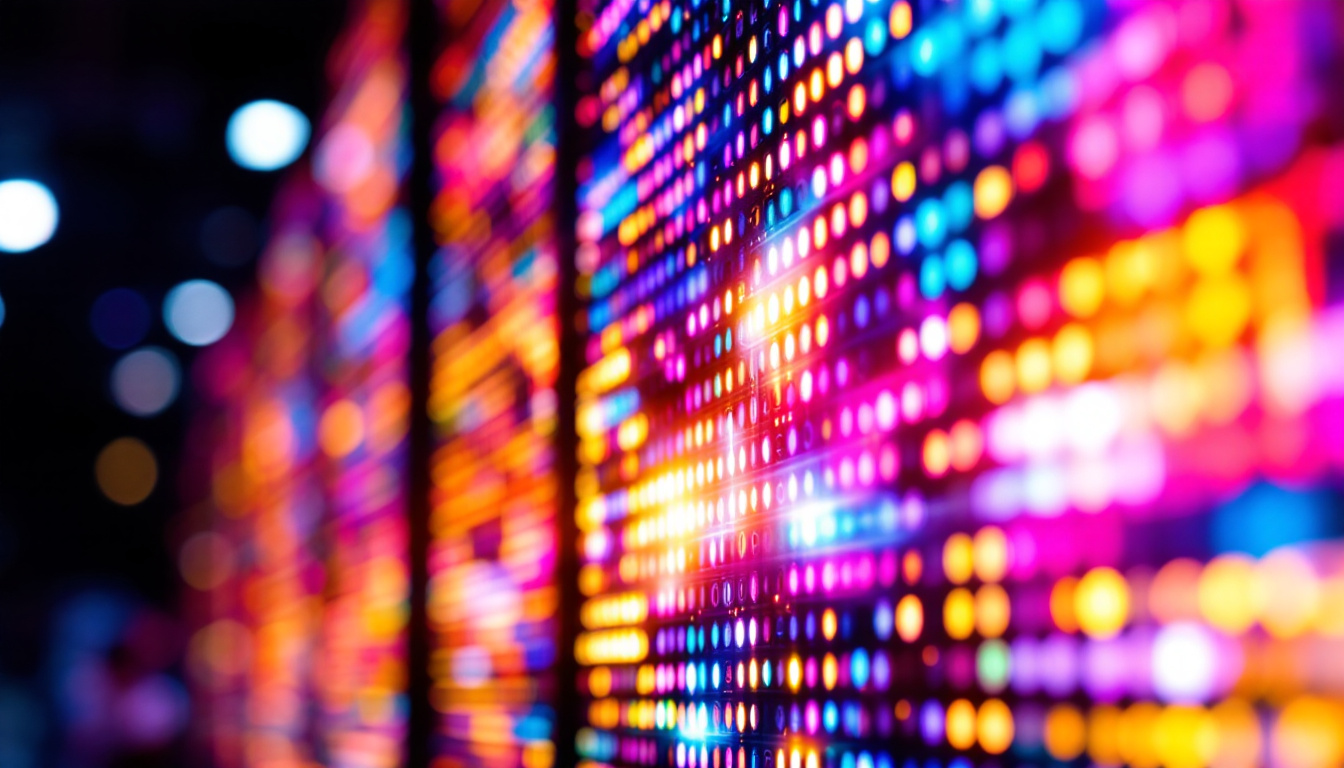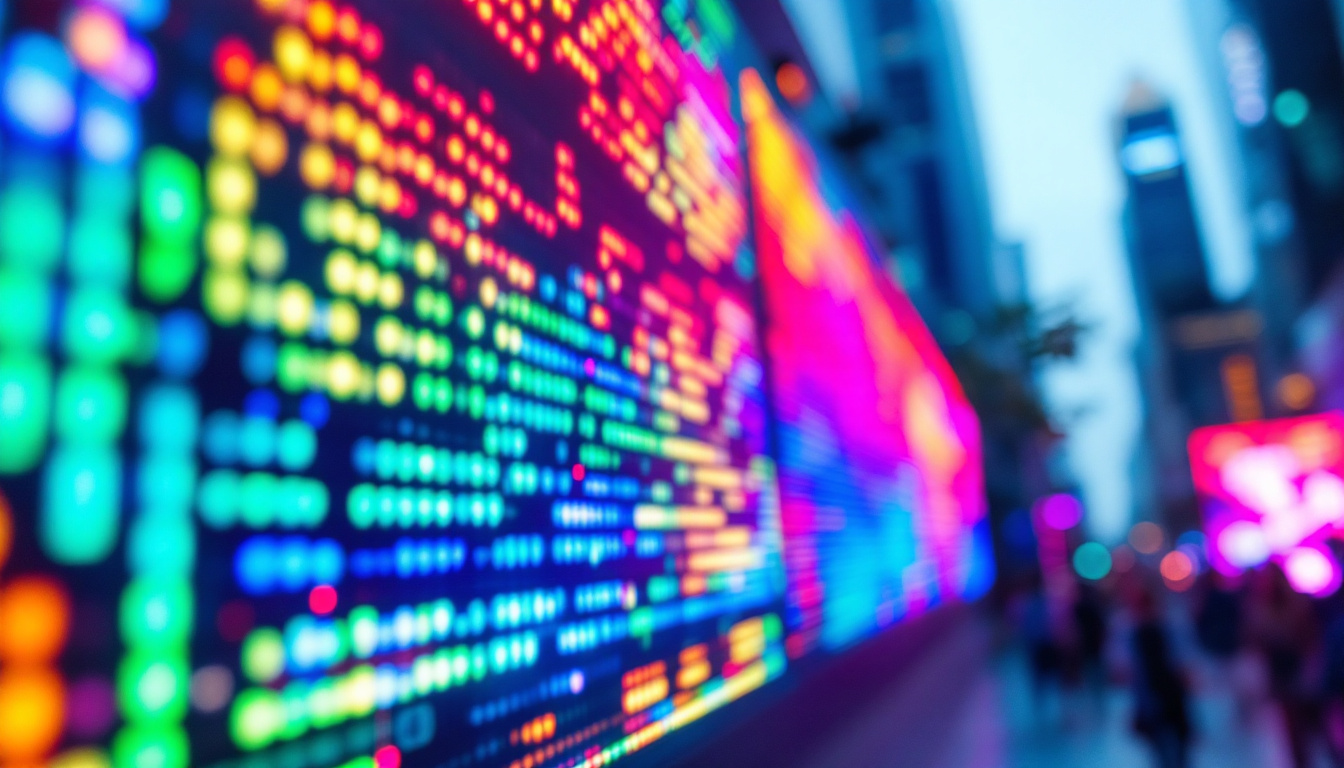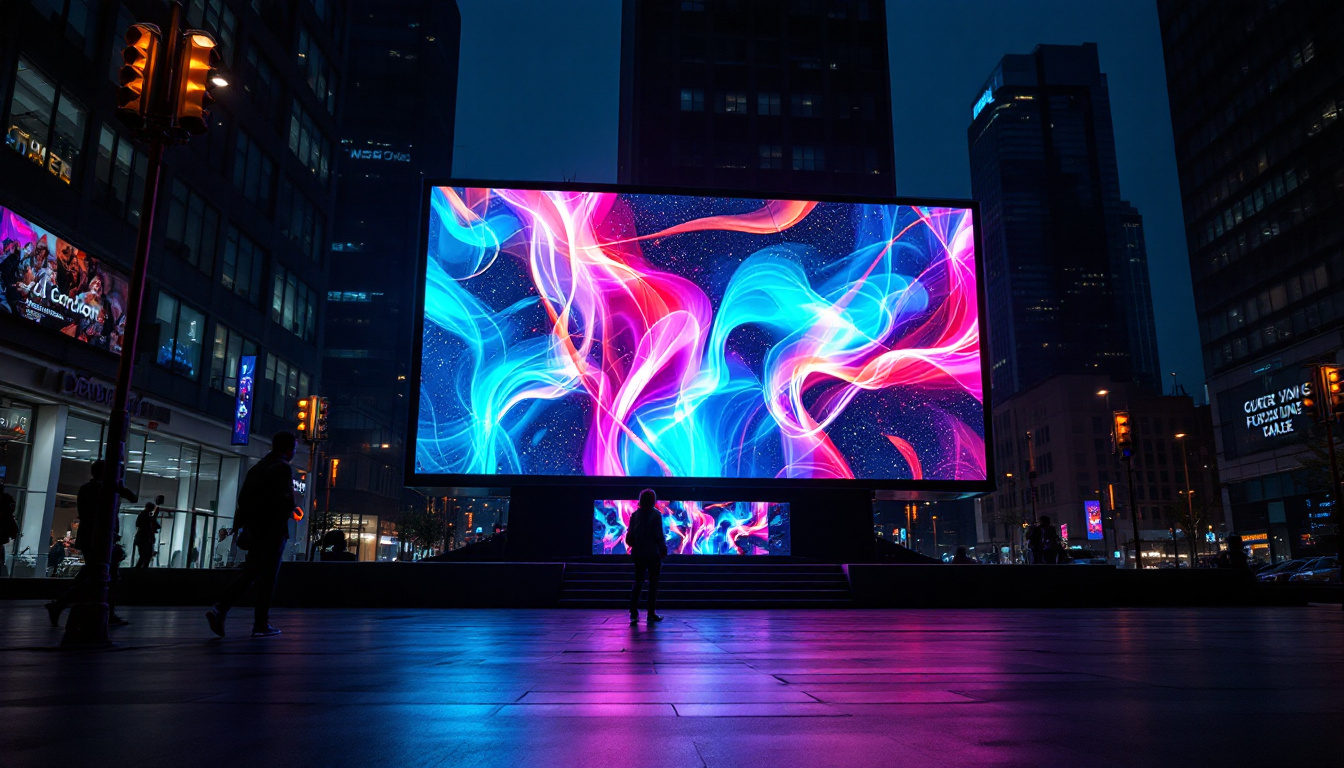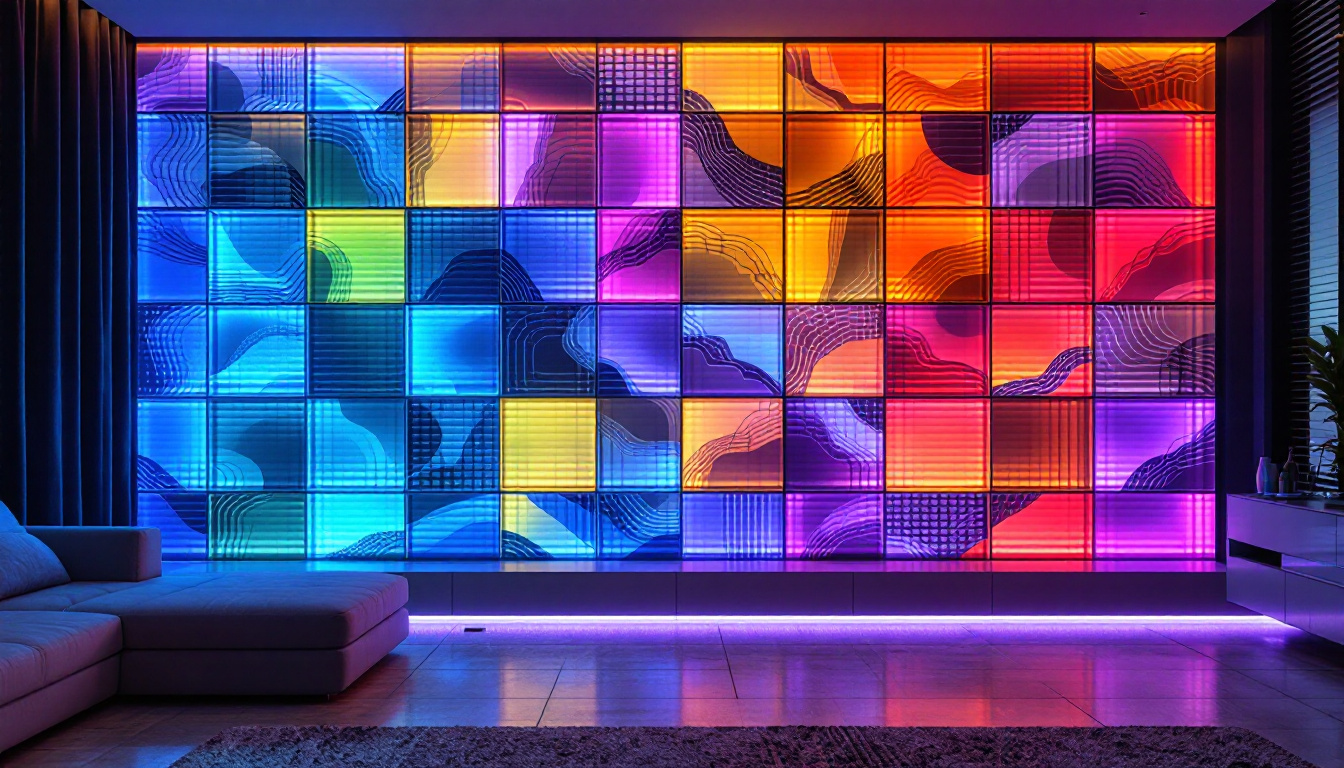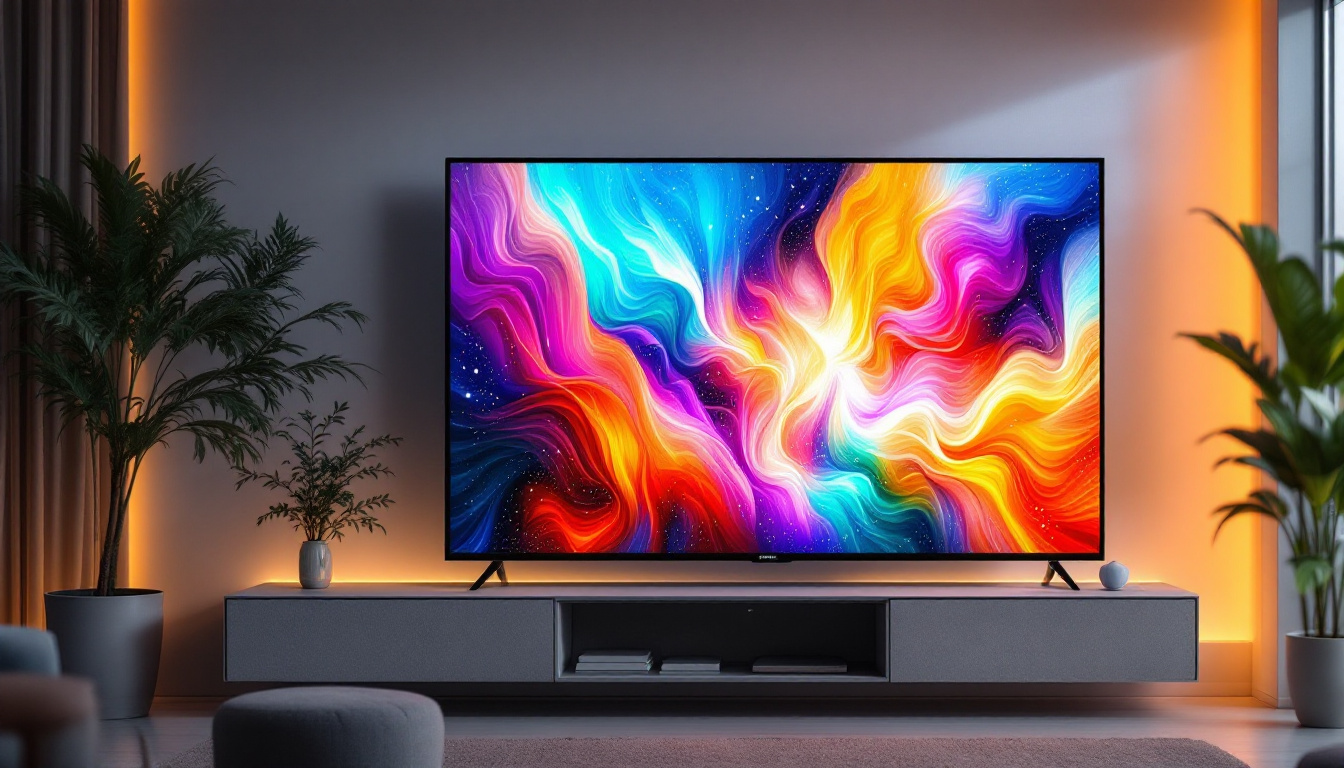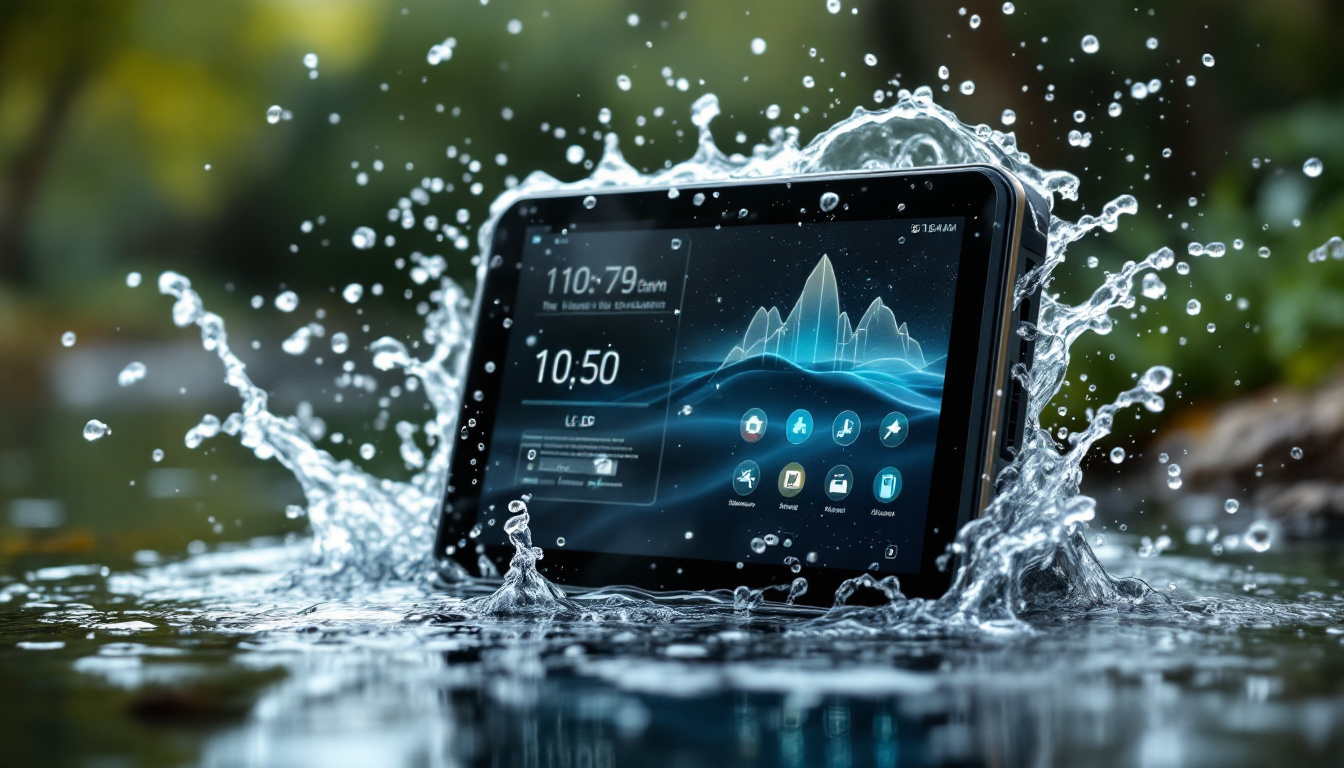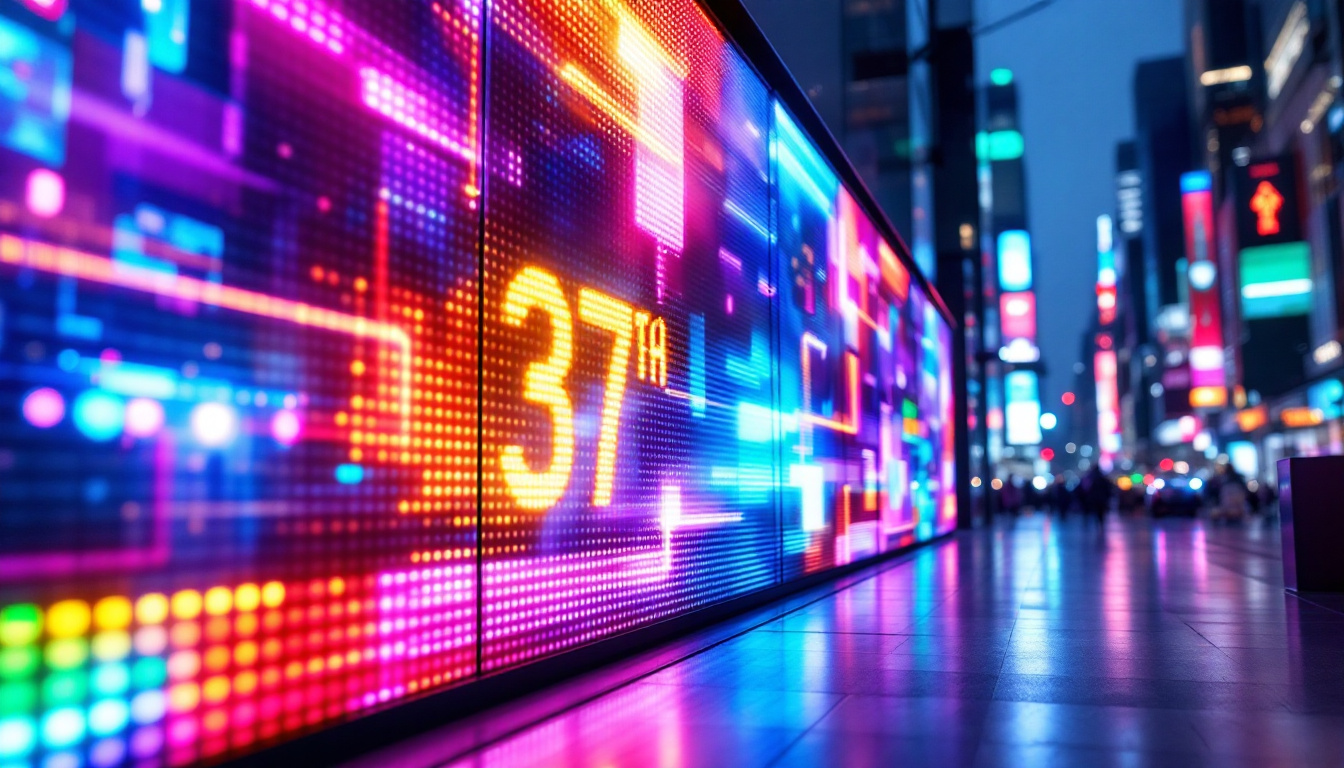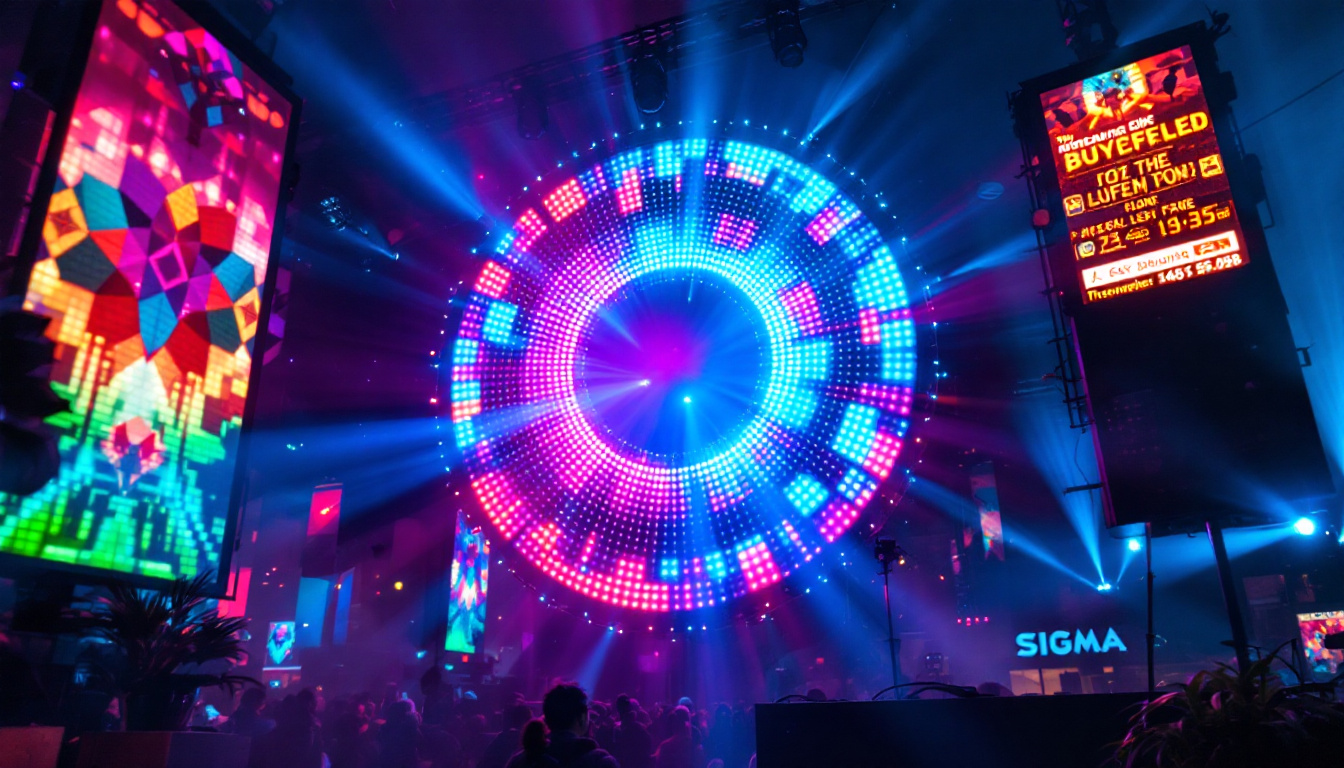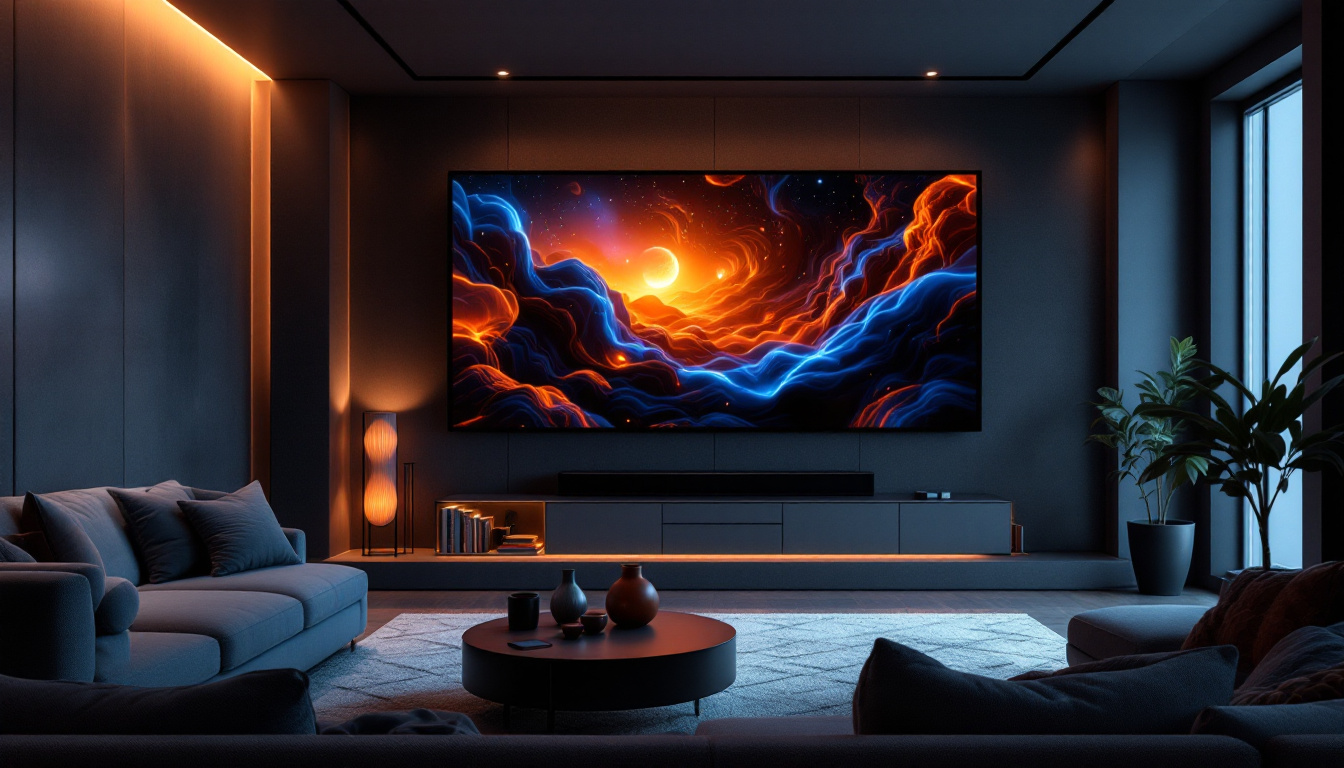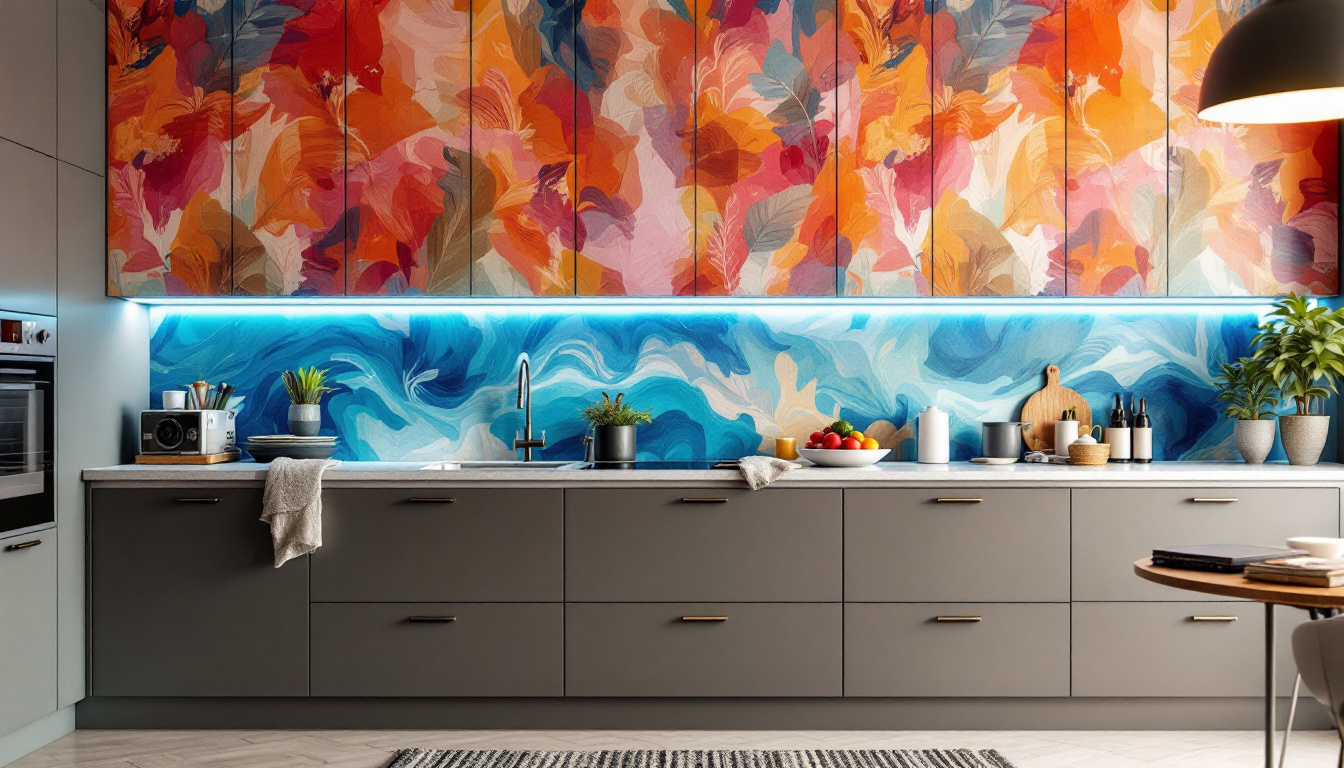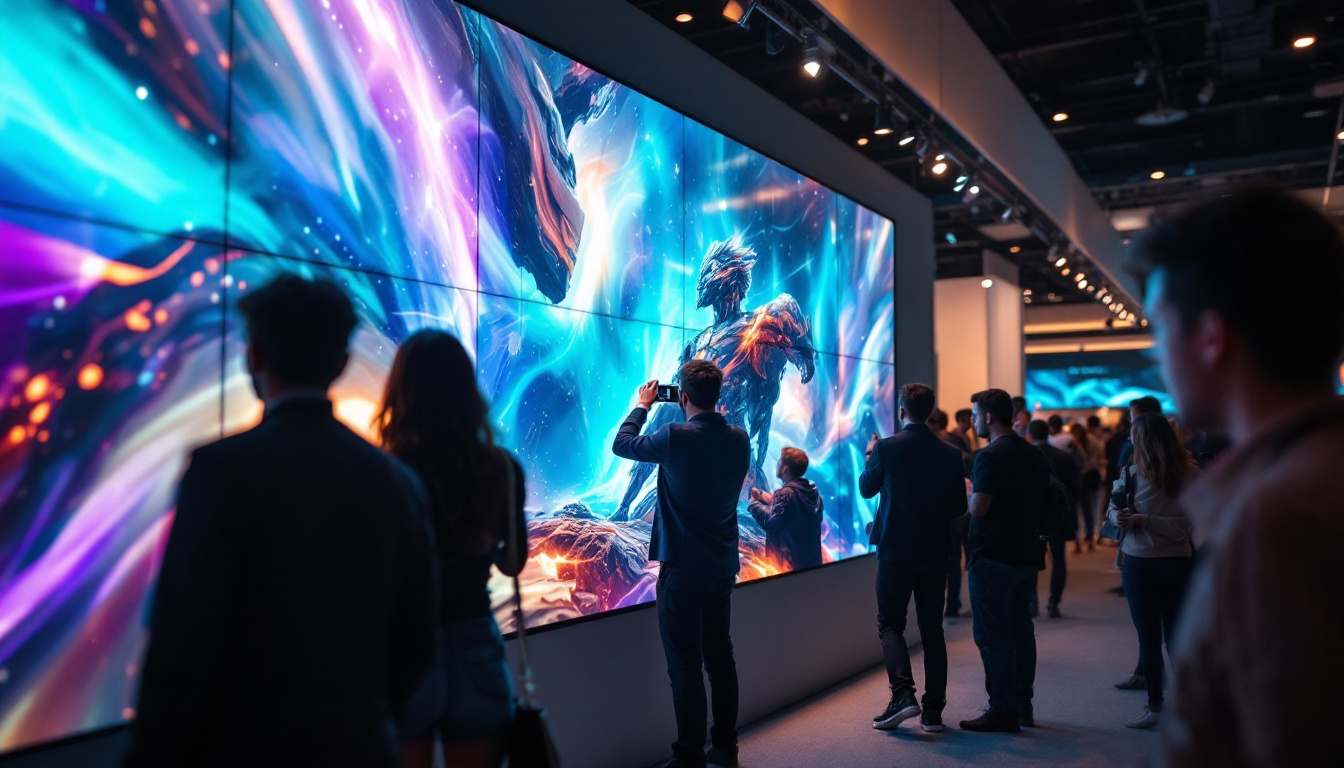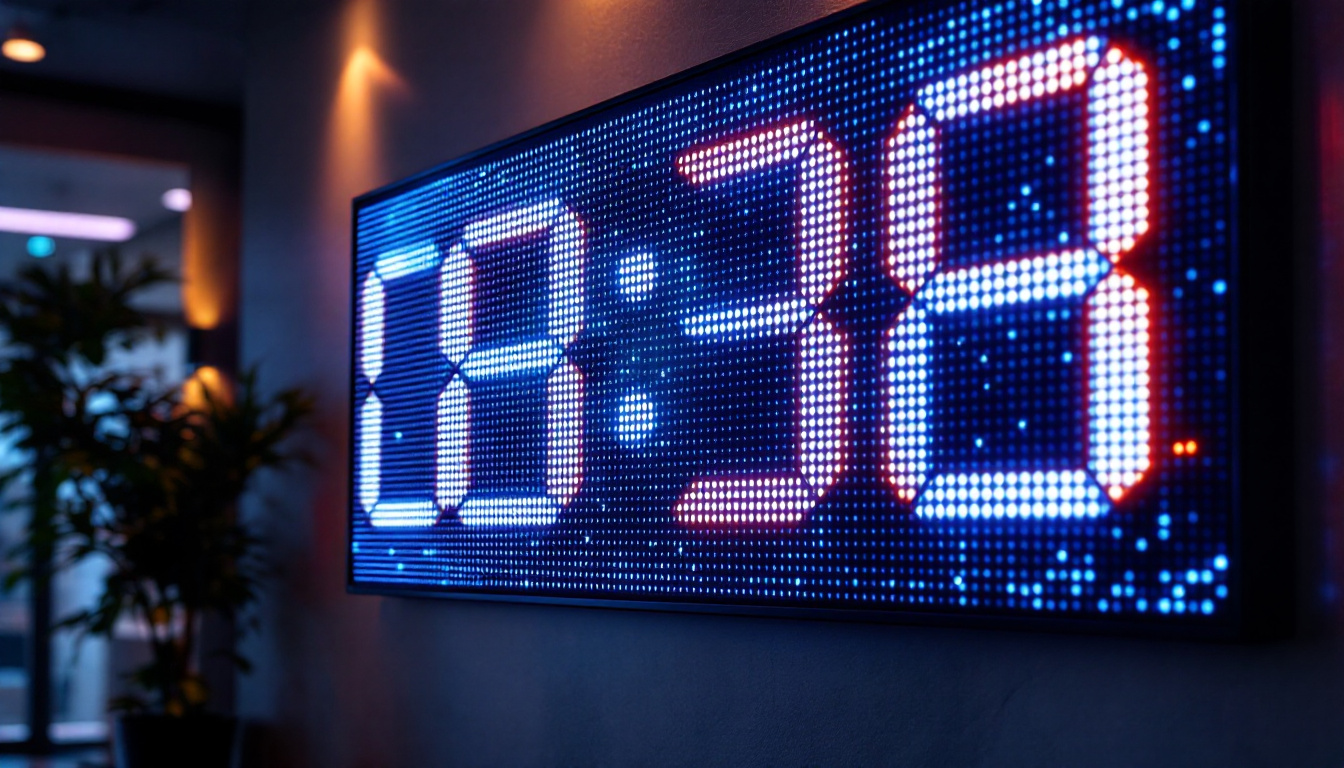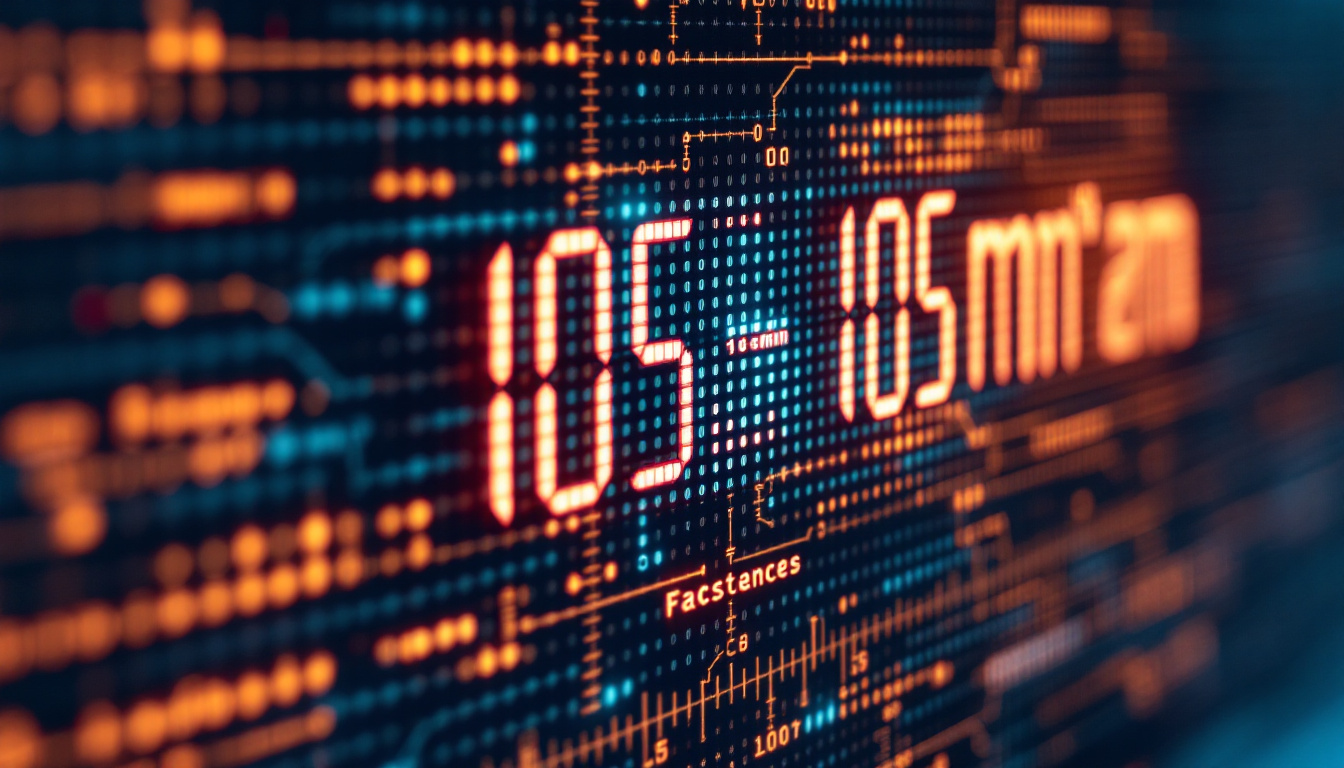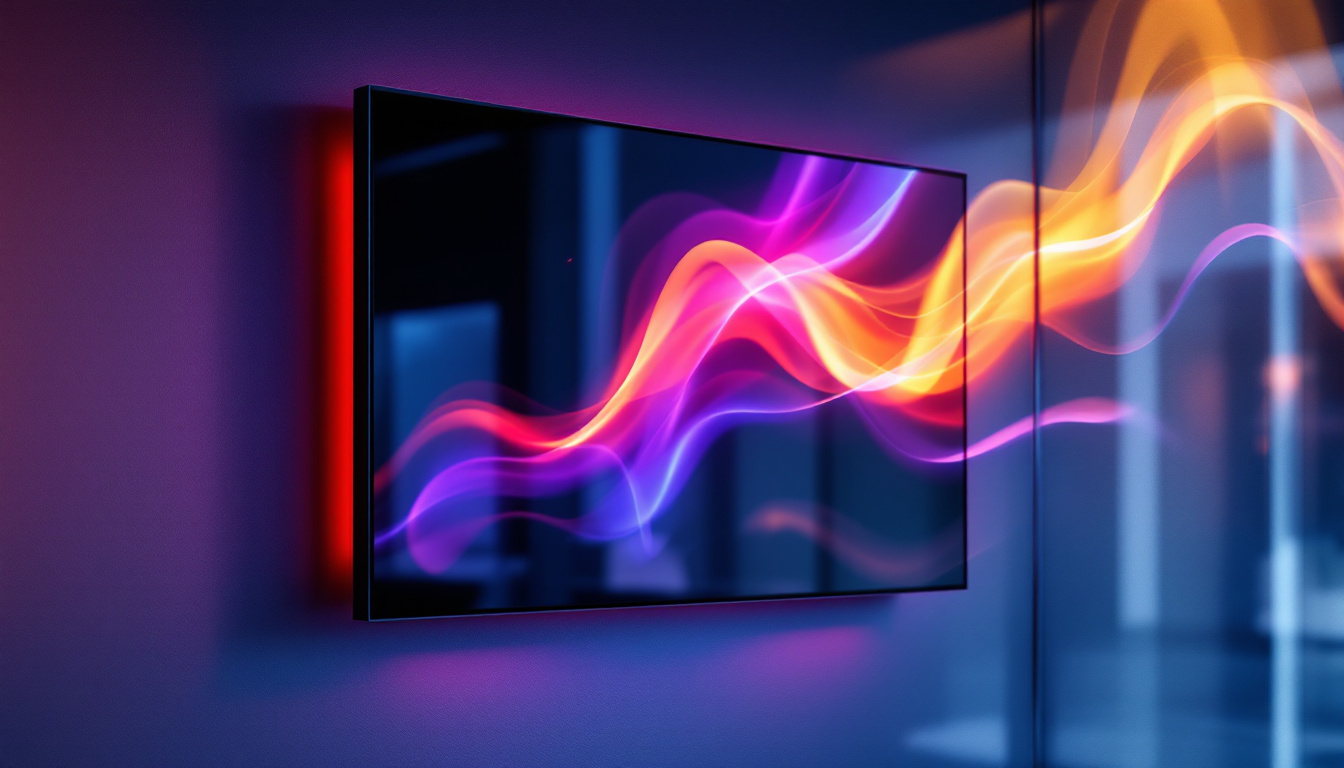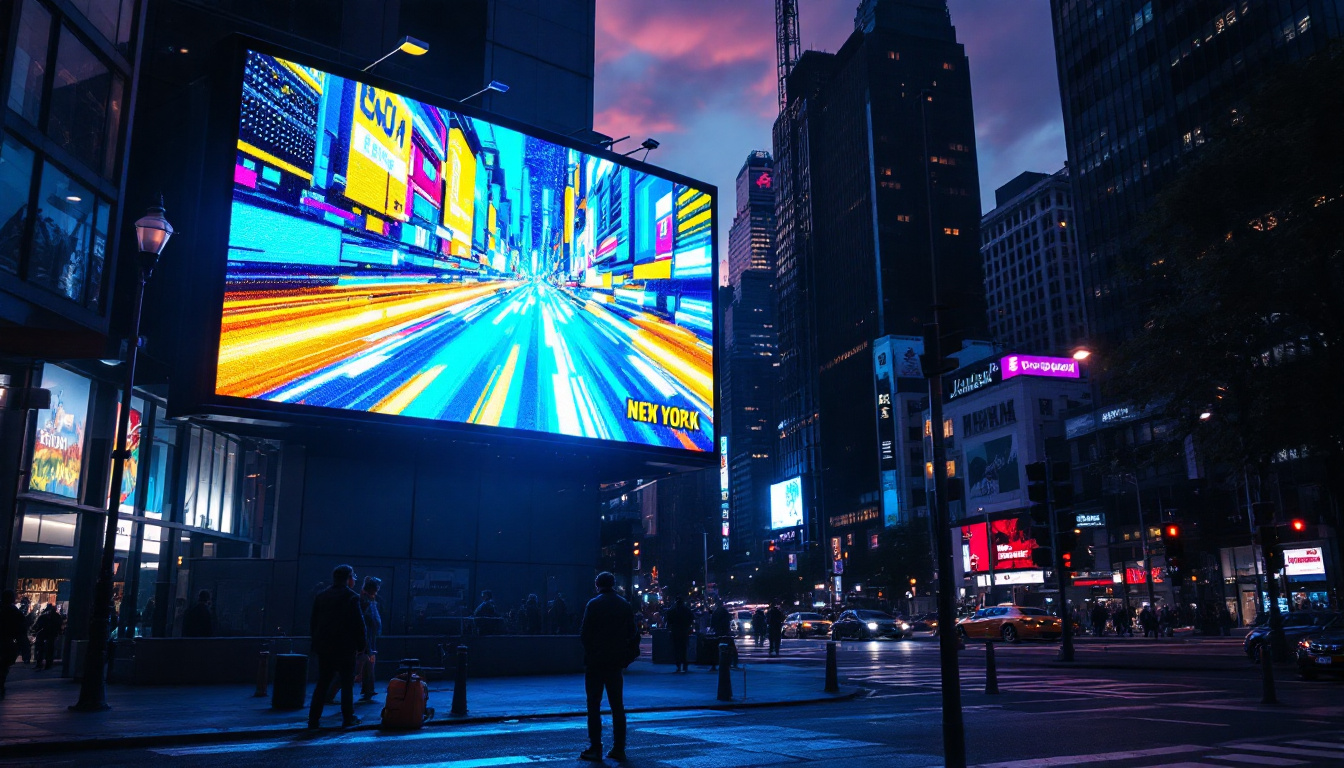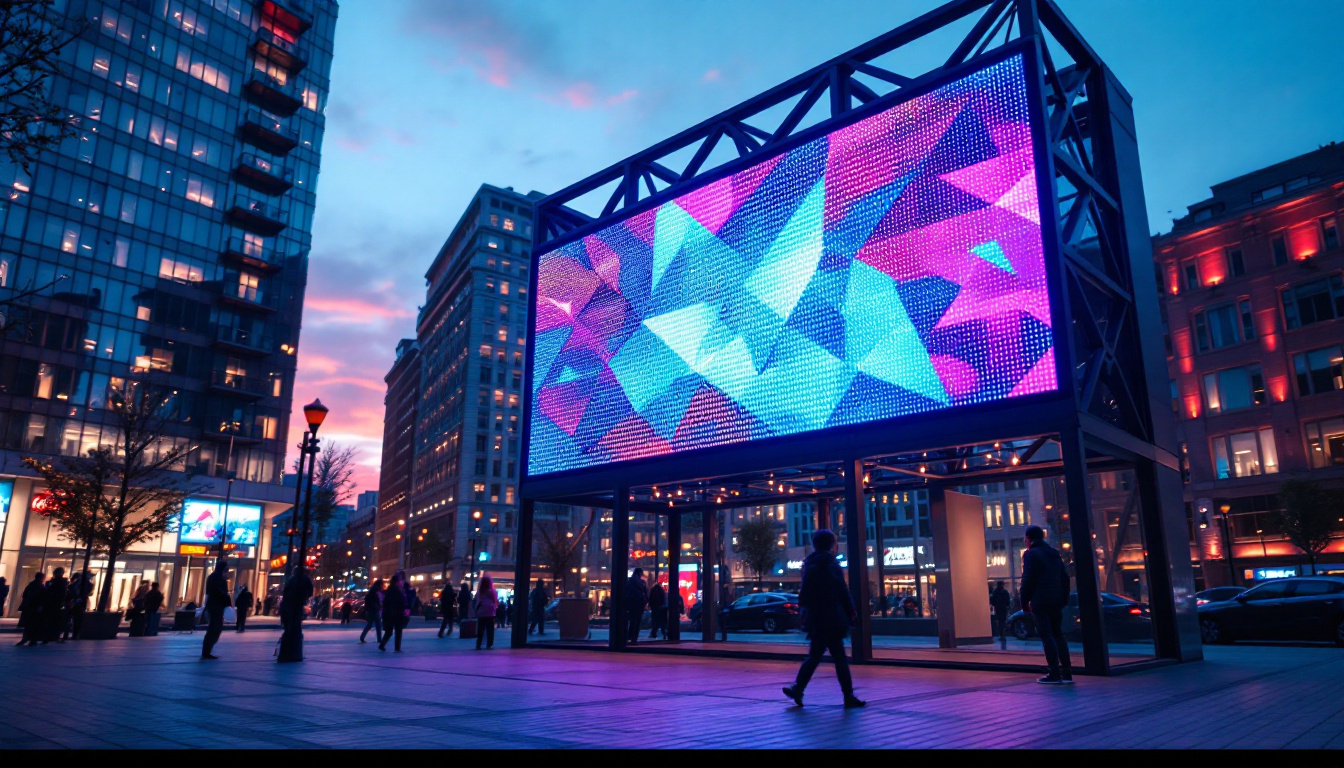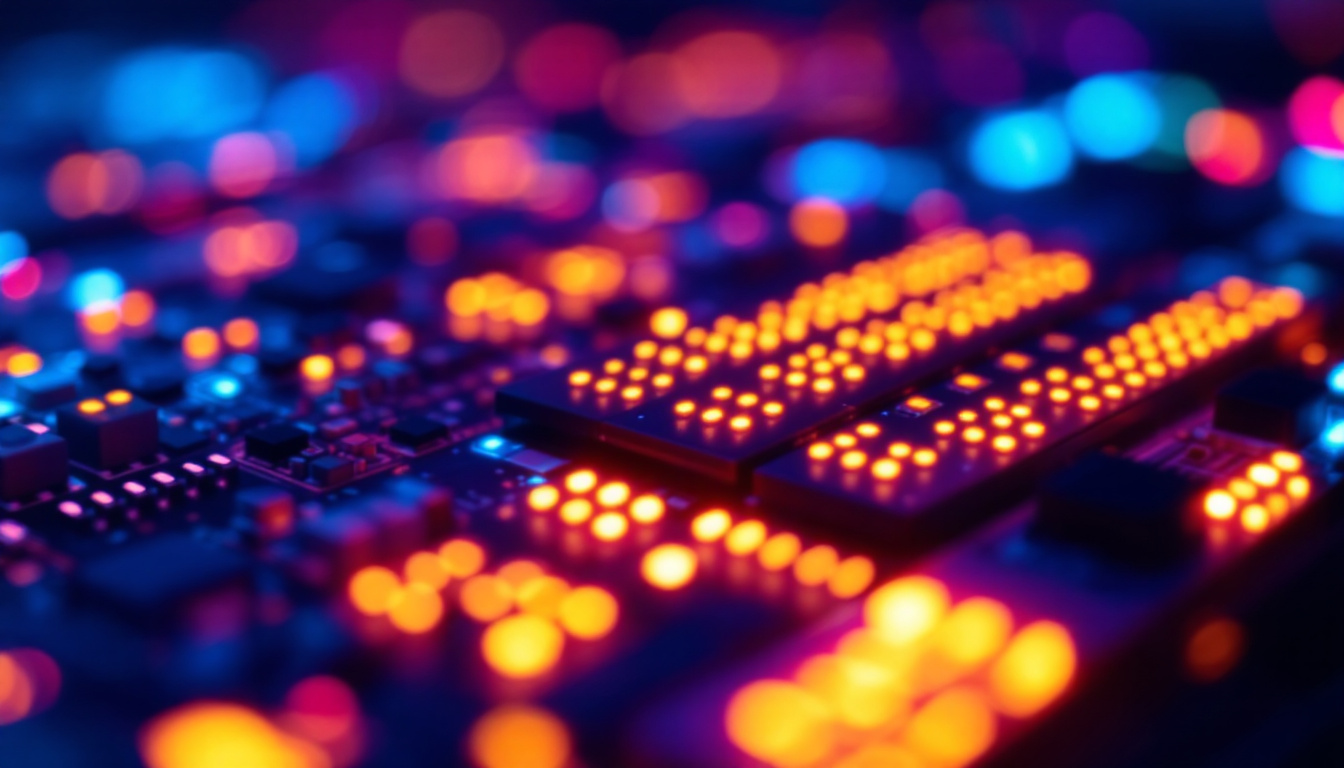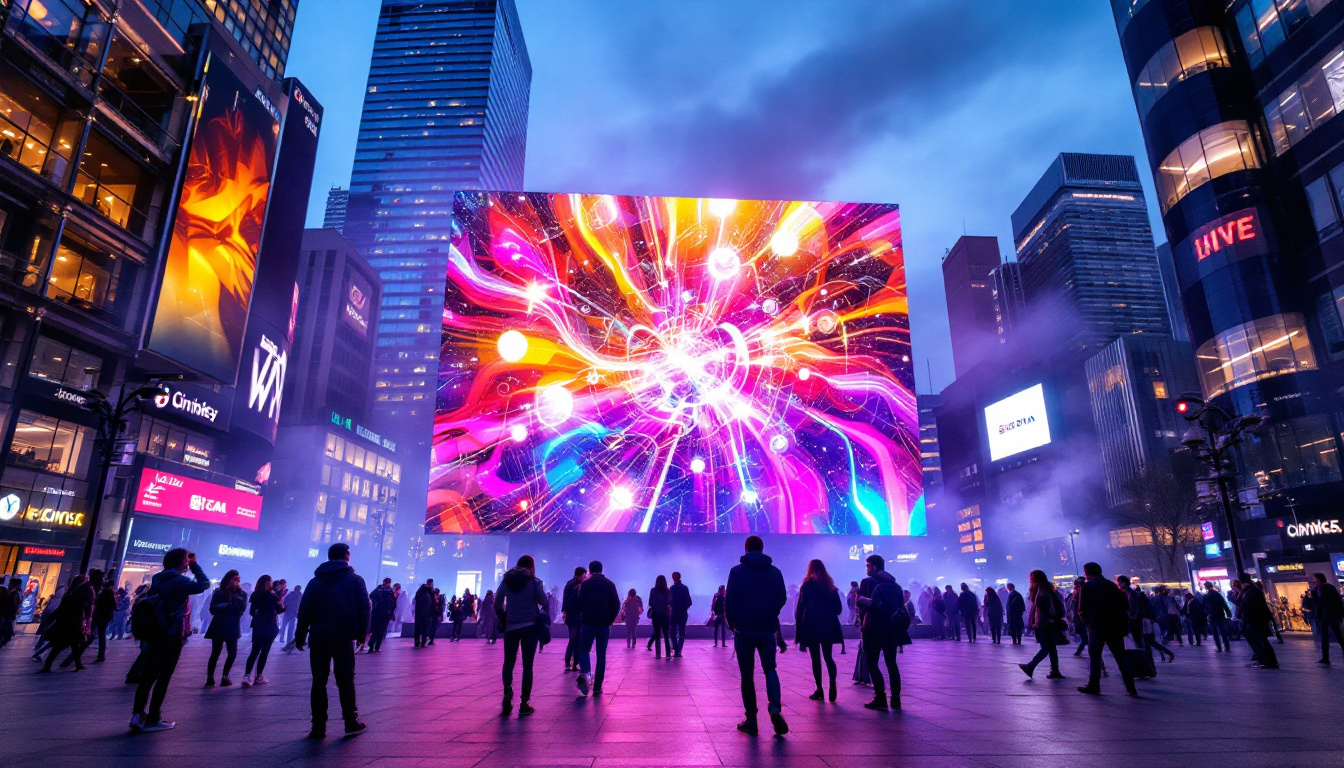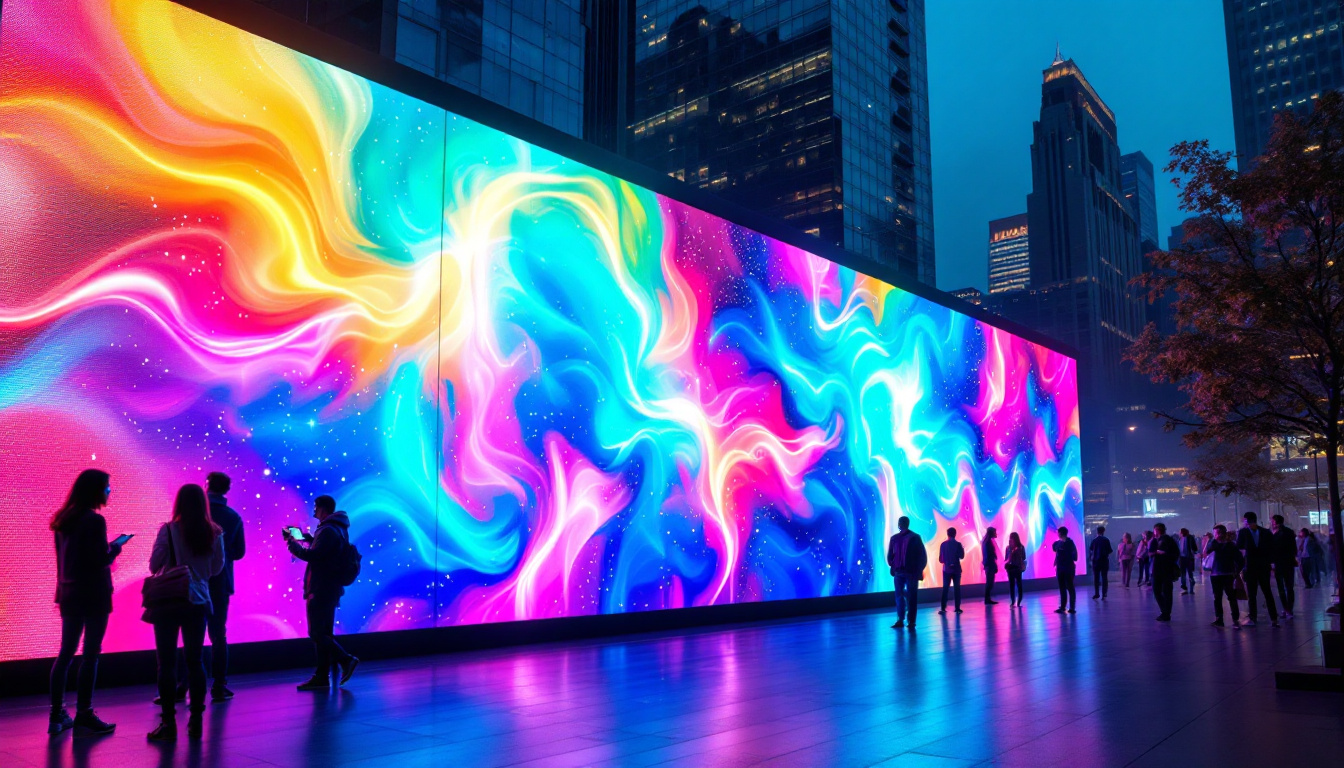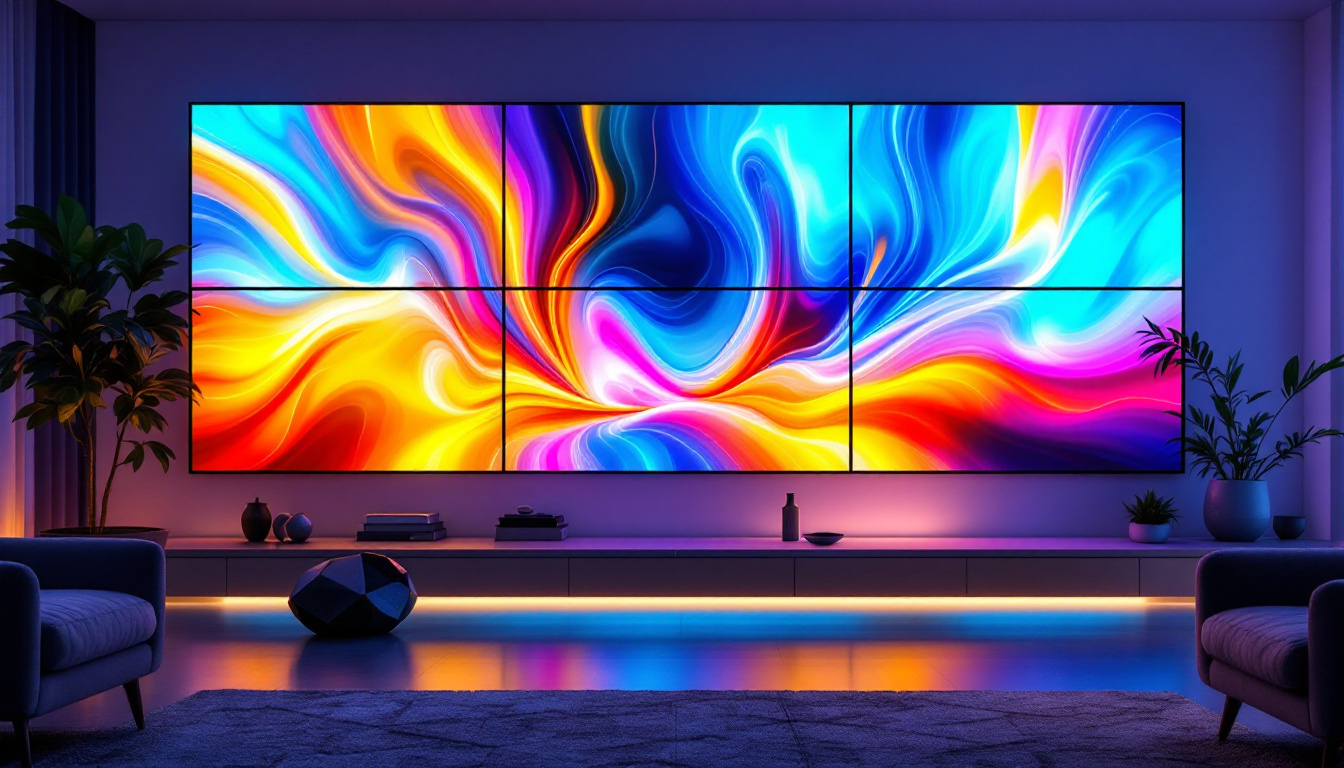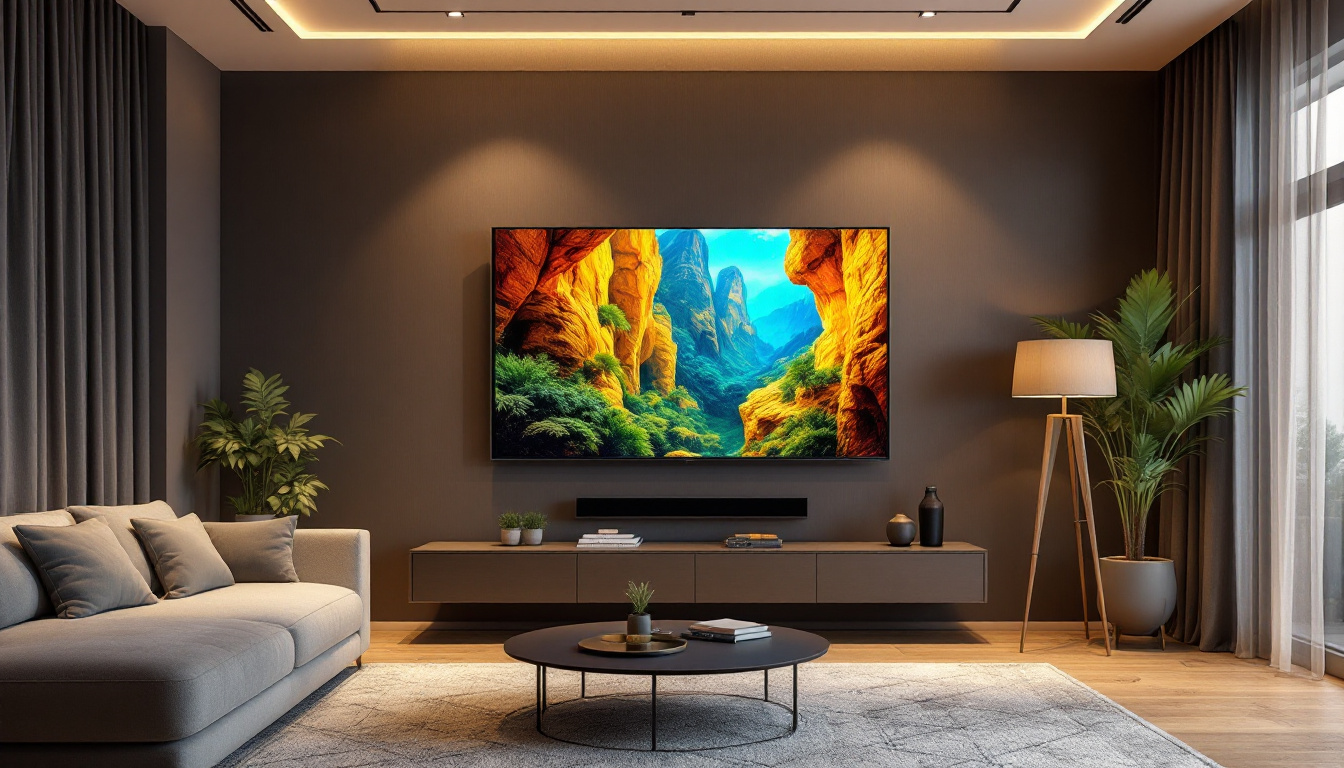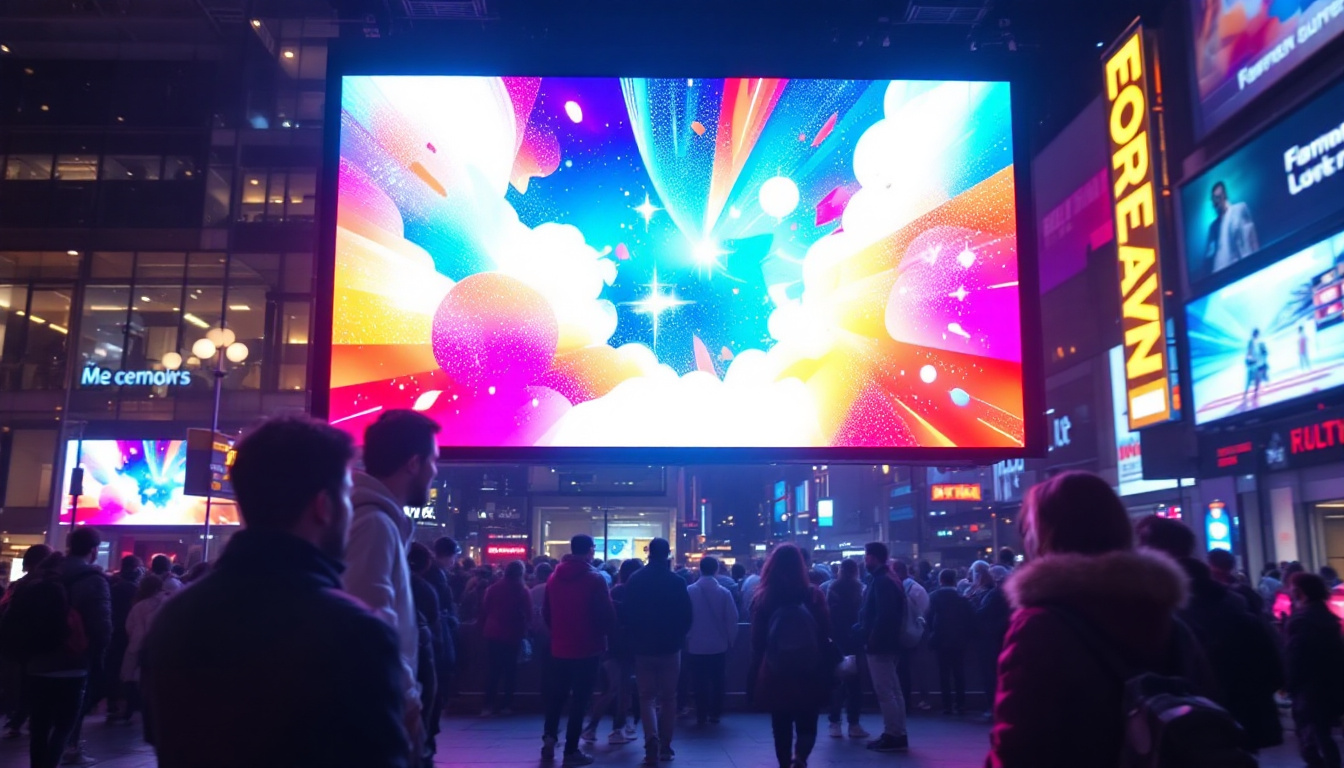In the age of digital technology, the way we display images has evolved significantly. One of the most prominent advancements in this realm is the use of LED displays. These screens have transformed not only how we view photographs but also how we interact with visual content. This article delves into the intricacies of LED displays, exploring their functionality, benefits, and applications in the world of photography.
Understanding LED Technology
Light Emitting Diodes (LEDs) are semiconductor devices that emit light when an electric current passes through them. This technology has been harnessed to create vibrant displays that are both energy-efficient and versatile. The rapid advancement of LED technology has revolutionized various industries, from consumer electronics to architectural lighting, making it an essential component of modern visual communication.
How LED Displays Work
LED displays consist of numerous tiny light-emitting diodes arranged in a grid. Each diode represents a pixel, which can emit various colors by adjusting the intensity of the light. When combined, these pixels create a full-color image that can be viewed from various angles. The ability to control each pixel individually allows for stunning visual effects and high-resolution images. This pixel-level control not only enhances the clarity of images but also enables dynamic content, such as videos and animations, to be displayed seamlessly.
In essence, the display operates by converting electrical signals into light. The more advanced the technology, the more precise the color reproduction and brightness levels, leading to a more immersive viewing experience. For instance, modern LED displays can achieve a wide color gamut, allowing them to reproduce colors that are closer to what the human eye perceives in real life. This capability is particularly beneficial in applications such as digital signage, where vibrant colors can capture attention and convey messages effectively.
Types of LED Displays
There are several types of LED displays, each suited for different applications. The most common types include:
- Direct View LED Displays: These are made up of individual LEDs that form the entire screen. They are often used for large outdoor displays and billboards due to their high brightness and visibility. Their durability and weather resistance make them ideal for advertising in various environmental conditions, ensuring that messages remain visible even in bright sunlight.
- LED-backlit LCD Displays: These displays use LEDs to illuminate an LCD panel. They are commonly found in televisions and computer monitors, offering better contrast and energy efficiency compared to traditional LCDs. The use of LED backlighting allows for thinner designs and improved energy consumption, making them a popular choice for consumers looking to reduce their carbon footprint.
- Organic LED (OLED) Displays: A more advanced form of LED technology, OLEDs use organic compounds to emit light. They provide superior color accuracy and deeper blacks, making them ideal for high-end photography displays. Additionally, OLED technology allows for flexible and curved displays, opening up new possibilities for innovative design in smartphones and televisions.
Another emerging type of LED display is MicroLED, which consists of microscopic LEDs that can be used to create displays with incredible resolution and brightness. MicroLED technology promises to combine the best features of OLED and traditional LED displays, offering high contrast ratios and energy efficiency without the risk of burn-in that can sometimes affect OLED screens. As this technology continues to develop, it holds the potential to transform how we experience visual content across various platforms.
The Advantages of LED Displays
LED displays offer a multitude of advantages that make them an attractive choice for photographers and businesses alike. These benefits extend beyond mere aesthetics, impacting functionality and user experience.
Energy Efficiency
One of the most significant advantages of LED technology is its energy efficiency. Compared to traditional display technologies, LED displays consume less power, making them an environmentally friendly option. This is particularly beneficial for businesses that operate large displays, as it can lead to substantial cost savings over time. In addition, the reduced energy consumption contributes to lower carbon footprints, aligning with the growing emphasis on sustainability in various industries. As more companies seek to enhance their green credentials, adopting LED technology can serve as a pivotal step towards achieving their environmental goals.
Vibrant Color Reproduction
LED displays are renowned for their ability to produce vibrant colors and deep contrasts. This characteristic is crucial for photographers who rely on accurate color representation to showcase their work. The enhanced color gamut of LED displays ensures that images appear as intended, capturing the nuances of light and shadow. Furthermore, the brightness levels of LED displays allow for optimal viewing in various lighting conditions, making them ideal for both indoor and outdoor settings. This versatility not only enhances the viewing experience but also makes LED displays suitable for a wide range of applications, from art galleries to advertising billboards.
Durability and Longevity
LED displays are built to last. Unlike traditional screens that may suffer from burn-in or degradation over time, LED technology is more resilient. This durability makes them a wise investment for both personal and professional use, as they require less frequent replacement and maintenance. Additionally, many LED displays are designed to withstand harsh environmental conditions, such as extreme temperatures or moisture, further extending their lifespan. This robustness is particularly advantageous for outdoor installations, where displays are exposed to the elements and need to maintain performance without compromising on quality.
Wide Viewing Angles
Another notable advantage of LED displays is their wide viewing angles. Unlike some traditional display technologies that can suffer from color distortion or reduced brightness when viewed from an angle, LED displays maintain consistent color and clarity regardless of the viewer’s position. This feature is especially beneficial in settings where multiple viewers may be watching from different locations, such as in conference rooms or public spaces. The ability to deliver a uniform viewing experience enhances engagement and ensures that everyone can appreciate the content being presented, making LED displays an ideal choice for collaborative environments.
Quick Response Times
LED displays also boast impressive response times, which is a critical factor for applications requiring fast refresh rates, such as video playback or gaming. The rapid response of LED technology minimizes motion blur and ghosting effects, resulting in a smoother visual experience. This capability is particularly advantageous for photographers and videographers who need to display high-speed action without compromising image quality. As a result, LED displays are increasingly being adopted in creative industries, where precision and clarity are paramount for showcasing dynamic content.
Applications of LED Displays in Photography
The versatility of LED displays has led to their widespread adoption in various aspects of photography. From editing to showcasing images, these displays have become an essential tool for professionals and enthusiasts alike.
Editing and Post-Processing
For photographers, having a reliable display for editing is crucial. LED displays, particularly those with high resolution and color accuracy, provide an ideal platform for post-processing images. The ability to see true colors and fine details allows photographers to make precise adjustments, ensuring that the final product meets their artistic vision.
Moreover, many LED displays come with calibration tools that help maintain color accuracy over time. This feature is invaluable for professionals who need consistency across their work.
Exhibitions and Presentations
When it comes to showcasing photography, LED displays offer an eye-catching solution. Galleries and exhibitions increasingly utilize LED screens to display images in a dynamic and engaging manner. The high brightness and vivid colors of LED displays attract viewers, enhancing the overall experience.
Additionally, LED displays can be used for presentations, allowing photographers to share their portfolios in a professional setting. The ability to display high-resolution images ensures that every detail is visible, making a strong impression on potential clients or collaborators.
Digital Signage
In the realm of marketing and advertising, LED displays serve as powerful tools for digital signage. Photographers can leverage this technology to promote their work, whether through social media campaigns or physical displays in retail environments. The dynamic nature of LED screens allows for creative presentations that can capture the attention of passersby.
Choosing the Right LED Display
With a plethora of options available, selecting the right LED display can be a daunting task. Several factors should be considered to ensure that the chosen display meets specific needs and requirements.
Resolution and Size
The resolution of an LED display is a critical factor, particularly for photographers. Higher resolution screens provide more detail and clarity, which is essential for editing and displaying images. Additionally, the size of the display should be appropriate for the intended use. A larger screen may be ideal for exhibitions, while a smaller monitor could suffice for personal editing.
Color Accuracy
Color accuracy is paramount in photography. When selecting an LED display, it is essential to choose one that offers a wide color gamut and reliable calibration options. Look for displays that support industry-standard color spaces, such as Adobe RGB or DCI-P3, to ensure that colors are represented accurately.
Connectivity Options
Modern LED displays come equipped with various connectivity options, including HDMI, DisplayPort, and USB-C. Ensure that the chosen display is compatible with existing devices and offers the necessary ports for seamless integration. This consideration is particularly important for photographers who may use multiple devices for editing and presentation.
Future Trends in LED Display Technology
The landscape of LED display technology is continually evolving, with innovations emerging that promise to enhance user experience further. Keeping an eye on these trends can help photographers and businesses stay ahead of the curve.
MicroLED Technology
MicroLED technology is one of the most exciting advancements in the LED display sector. This technology utilizes microscopic LEDs to create displays that are not only brighter but also more energy-efficient. MicroLED displays offer superior contrast ratios and color accuracy, making them ideal for high-end photography applications.
Flexible Displays
Another trend gaining traction is the development of flexible LED displays. These screens can be bent and shaped to fit various surfaces, opening up new possibilities for creative installations. Photographers can use flexible displays to create immersive experiences that engage viewers in unique ways.
AI Integration
Artificial intelligence is also making its way into LED display technology. AI-driven features can enhance color calibration, optimize image quality, and even automate certain editing tasks. This integration can streamline workflows for photographers, allowing them to focus more on their creative vision.
Conclusion
LED displays have revolutionized the way photographers interact with their work, offering vibrant colors, energy efficiency, and durability. As technology continues to advance, the applications and benefits of LED displays will only expand, providing new opportunities for creative expression.
Whether used for editing, exhibitions, or digital signage, LED displays are an invaluable asset in the modern photography landscape. By understanding the technology and its advantages, photographers can make informed decisions that enhance their work and engage their audience.
The future of LED displays looks promising, with innovations on the horizon that will further elevate the visual experience. As the industry evolves, staying informed about these developments will be crucial for photographers aiming to leverage the latest technology in their craft.
Discover LumenMatrix’s Advanced LED Display Solutions
Embrace the future of photography and visual storytelling with LumenMatrix’s innovative LED display technology. As a leader in the industry, LumenMatrix offers a diverse range of LED display modules designed to bring your images to life. From Indoor and Outdoor LED Wall Displays to specialized solutions like Vehicle, Sports, and Floor LED Displays, our products are crafted to maximize your brand’s visibility and create immersive visual experiences. Whether you’re looking to enhance your exhibitions, captivate your audience with digital signage, or customize your display to your unique needs, LumenMatrix is here to transform your visual communication. Check out LumenMatrix LED Display Solutions today and see how we can help you share your message with unparalleled impact and clarity.

